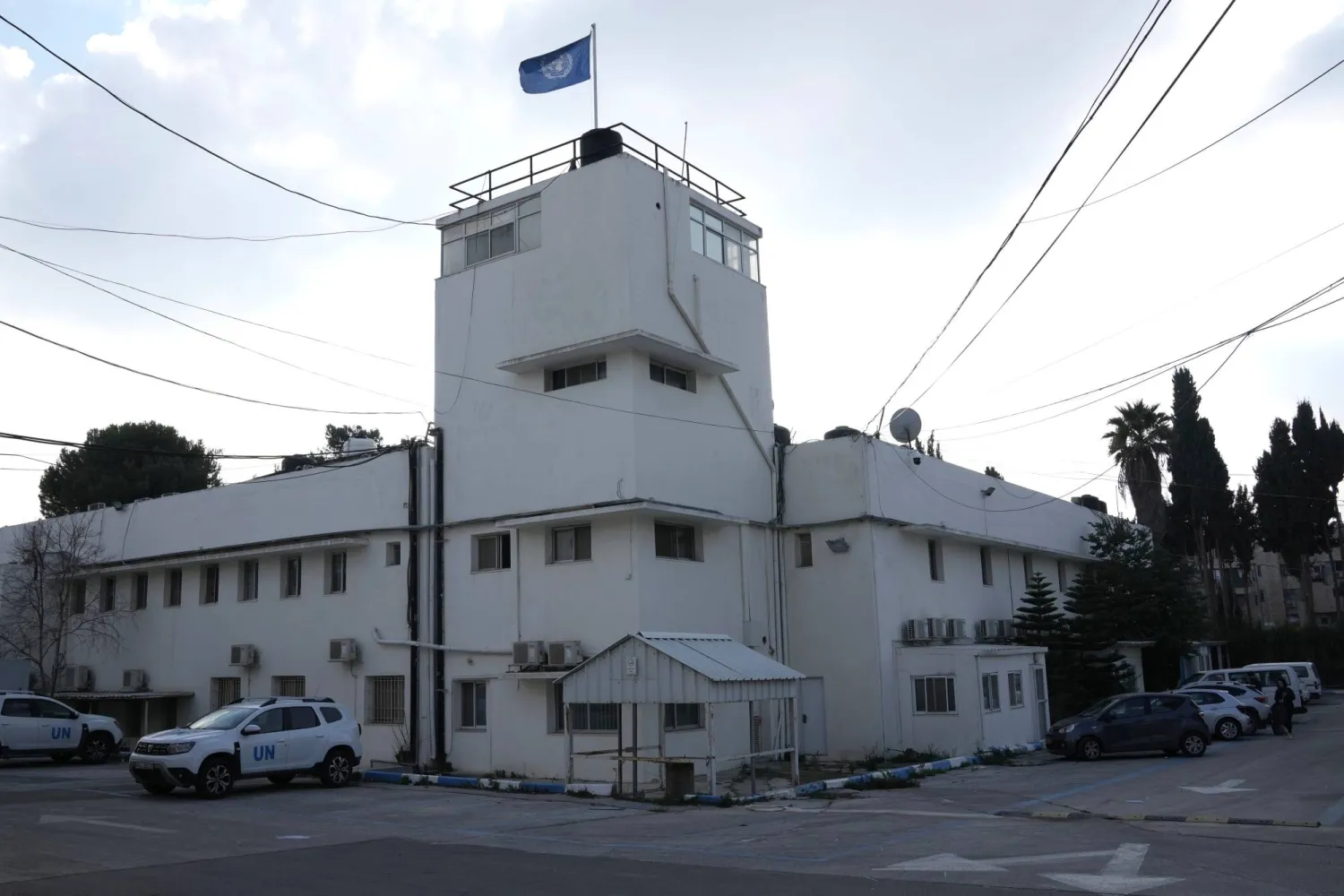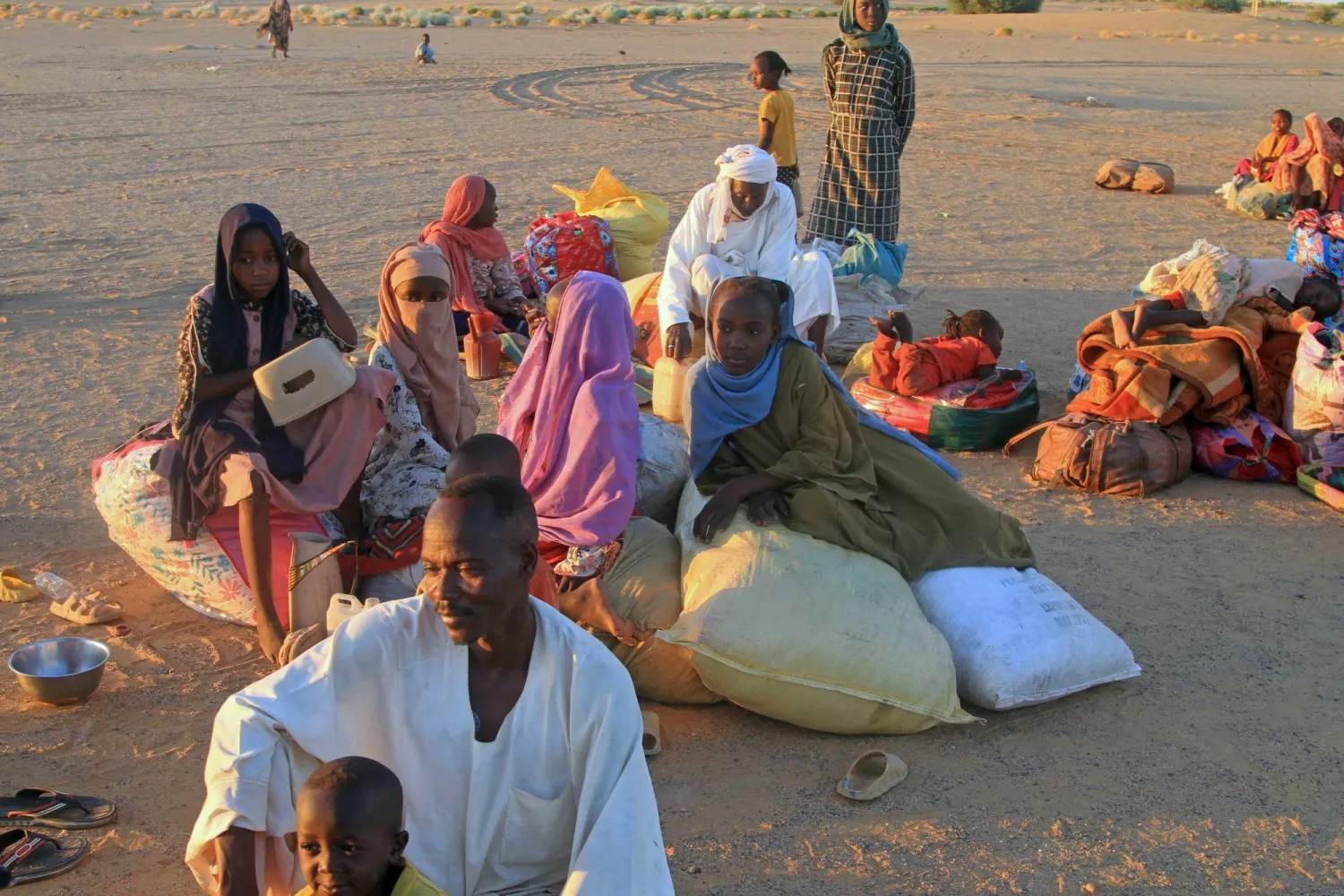Sources close to influential parties in Iraq point that the political equation that brought about the government of Mohammad Shia al-Sudani will undergo sharp changes.
The sources cited various circumstances, the most important of which is the highly probable return of the leader of As-Sadr movement, Muqtada al-Sadr, to the political arena, and the sharp divisions among the poles of the Coordination Framework.
Shiite parties are trying to anticipate “unexpected big turns” by drawing a new map that may include setting a date for early elections and reaching an understanding with al-Sadr on the next stage.
According to informed sources, the relationship between Sudani and the Framework has become “turbulent and lacking coordination.”
“Al-Sudani and the Framework are both working in opposite directions, and each side looks at the other in a way of domination, not cooperation,” the sources said.
Local media claimed that Al-Sudani would resort to a cabinet reshuffle that might include partisan figures with whom Washington has banned dealings, due to their association with the armed factions. However, Iraqi politicians, who spoke to Asharq Al-Awsat, said that the premier’s intention was linked to the conflict within the Coordination Framework.
In a video broadcast on state television, Sudani appeared to be criticizing the performance of some ministers, noting that others had received threats from their parties.
The Iraqi prime minister had never made such frank statements publicly, which were seen by local public opinion as directed at the Framework coalition.
“A minister’s relationship with the political forces ends after he is nominated and gains the confidence of parliament [...]. Whoever feels pressured or threatened, I am here,” he said.
Questions arise on the status of the Framework, and whether it is able to remain united in supporting the government that it formed.
A leader in the Framework said: “Al-Sadr is ready to move, and everything he does raises the anxiety of the leaders of the Shiite parties, while they got involved in major disputes over the sphere of influence within the government.”
Meanwhile, US Ambassador to Baghdad Alina Romanowski, held several meetings with anti-Washington Shiite leaders, such as the leader of Asa'ib Ahl al-Haq and the deputy speaker of parliament, Mohsen al-Mandalawi.
Although the official statements issued at the end of those meetings were brief in general, the atmosphere of “the coordination framework and the sharp polarization between its parties indicate an accelerated movement that paves the way for a new phase,” as stated by a Shiite leader who assumed a high position in the two previous governments.









